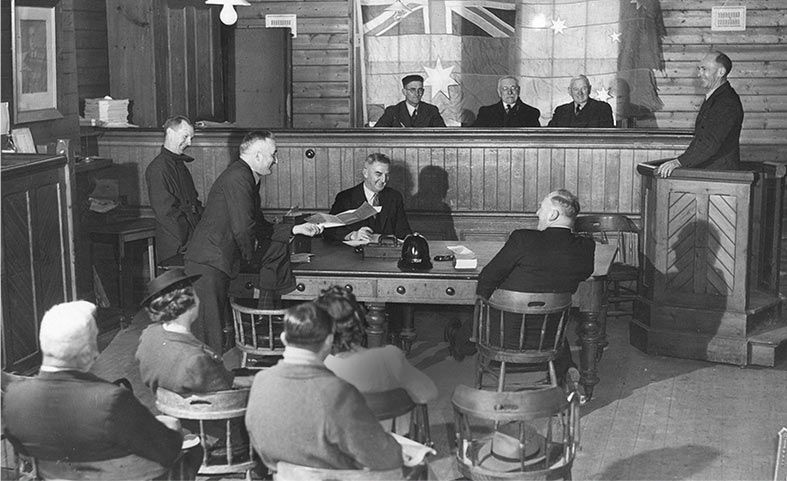A string of recent works on racial segregation in the American South raises new questions about the legal system commonly referred to as Jim Crow. Collectively the works explore how legal institutions shaped racist practice and ideology as well as resistance to them, slippages between intimate patterns of caste domination and more bureaucratic forms of spatial exclusion, and suggest how the latter endures beyond the former. For example, Nicholas Guyatt asks the question whether early efforts by abolitionists to re-colonize American slaves in Africa ultimately set the stage for the South’s move towards a domestic system of racial segregation. In Bind Us Apart: How Enlightened Americans Invented Racial Segregation, Guyatt explains that African Americans came to be viewed by many in the North as better off on their own, free from white interference and control, in places like Liberia. Yet, in the South there instead evolved a complicated system of written and unwritten rules that allowed for a remarkable degree of interracial contact, a point that Stephen Berrey takes up in his book The Jim Crow Routine: Everyday Performances of Race, Civil Rights, and Segregation in Mississippi. In a startling account, Berrey shows that southern whites insisted on racial deference, but otherwise relied on relatively flimsy dividers to keep the races apart: pieces of furniture, strings, and other ad hoc dividers that actually allowed the races to interact closely, and constantly, with one another.
However, blacks also cultivated their own space. In To Render Invisible: Jim Crow and Public Life in New South Jacksonville, Robert Casanello uncovers a vivid black world, a “counter-public,” as he puts it, that whites knew little about. In this world, African Americans socialized, strategized, and mobilized, challenging white supremacy and forging a black political identity dedicated to the American ideals of democracy and equality. James Endersby and William Horner recover a similar counter-public in St. Louis, Missouri, showing in their book Lloyd Gaines and the Fight to End Segregation how African Americans developed an active black legal community and press – both headquartered in a single structure, the Peoples Finance Building, “a hub for the black political elite” near downtown. From this brick and mortar base, black lawyers waged war against municipal segregation ordinances, racially restrictive covenants, and Missouri’s policy of sending black graduate students – like Lloyd Gaines – out of state.

Source: Western Historical Manuscripts Collection
Sarah Haley demonstrates that African Americans even turned prisons – arguably the most coercive institutions in the South, institutions which created symbols of black deviance that justified broader oppression – into black counter-publics. In No Mercy Here: Gender, Punishment, and the Making of Jim Crow Modernity, Haley shows how African American women prisoners engaged in various forms of sabotage, including flight, rule-breaking, dissembling, and significantly, art. Citing well-known artists like Bessie Smith and Gertrude “Ma” Rainey, as well as prison collectives at Mississippi’s Parchman Penitentiary, Haley recasts the southern prison as a locus of black resistance, a space where female prisoners could “destabilize” the persuasive power of legal authority, undermine the “binary of innocence/guilt,” and contextualize their actions “with poignant revelations about their experiences and conditions.”
All this leaves open the question, what happened to the hidden world that Jim Crow made? In The Color of Law: A Forgotten History of How Our Government Segregated America, Richard Rothstein suggests that interpersonal caste rituals were displaced by an impersonal system of spatial exclusion supported not just by private choices by buy federal, state, and local governments across the nation. Tracing discriminatory housing policies in places like Palo Alto, California, Rothstein shows how government programs like federal mortgage insurance helped white Americans establish homes in leafy suburbs, meanwhile relegating African Americans to impoverished, isolated ghettos. While much of this story has been told by Tom Sugrue, Lisa McGirr, Kevin Kruse, and others, it demonstrates how a regime of segregation survived the eclipse of many of the social rituals of Jim Crow.
Anders Walker is Lillie Myers Professor of Law and Professor of History, Saint Louis University, St. Louis, Missouri
Link to author homepage https://www.anderswalker.net/


